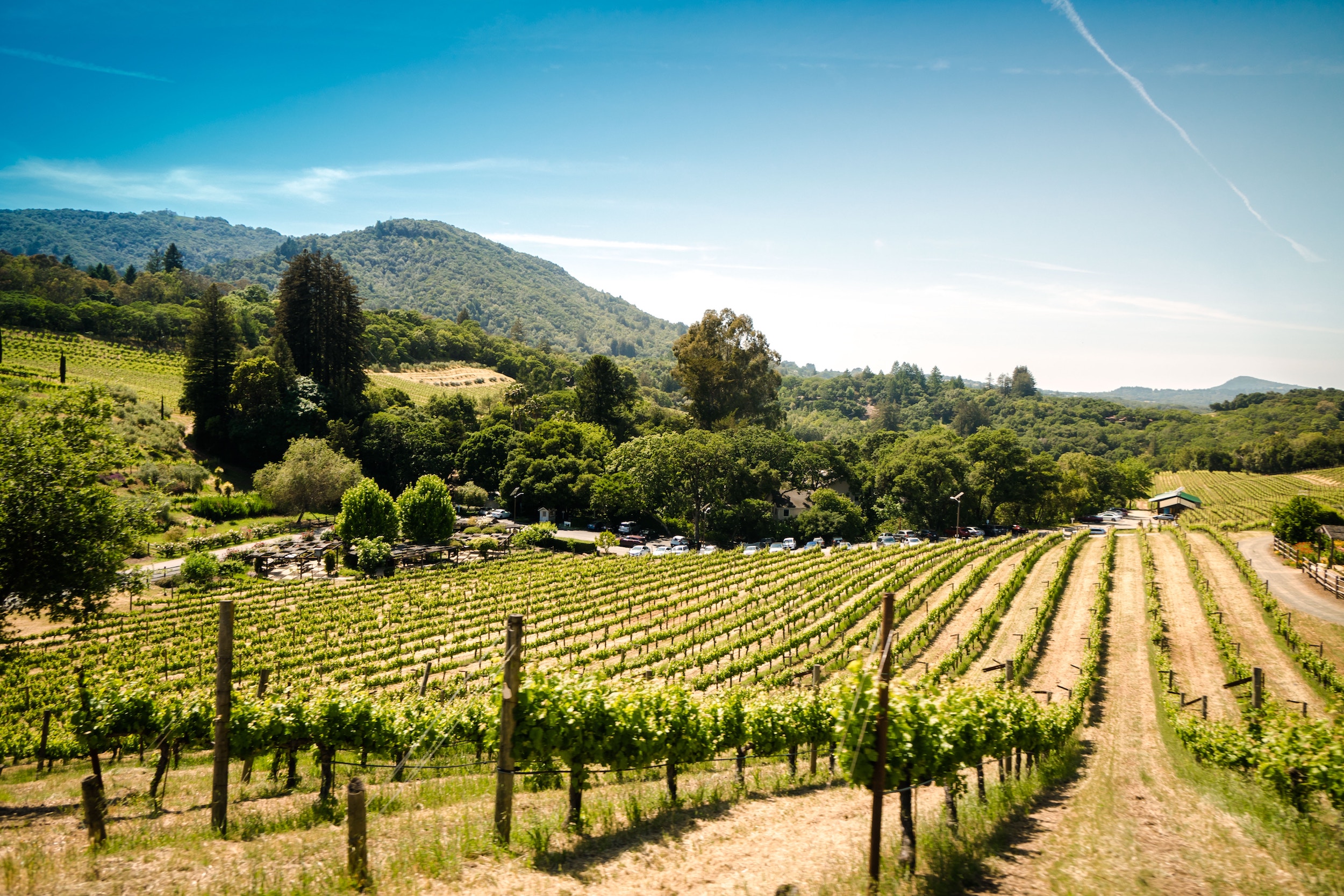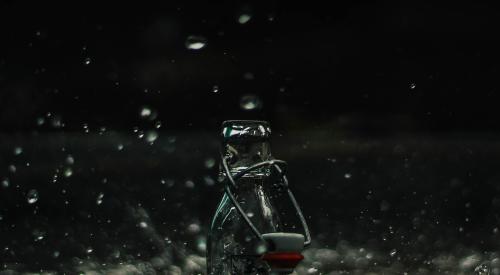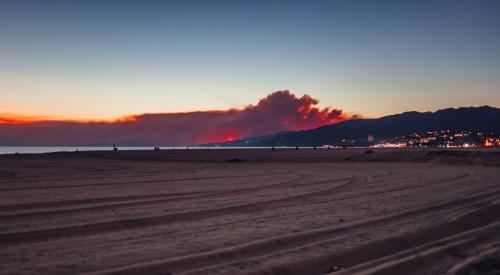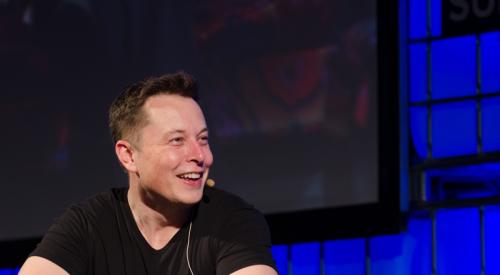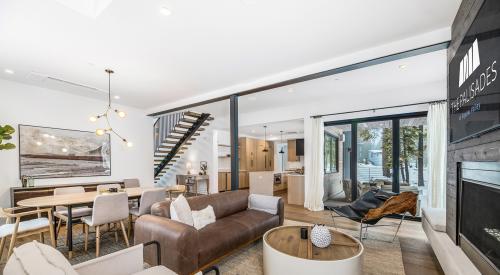The rising demand for housing in Northern California, fueled by the recent historic wildfires, may highlight the value of cheaper, quicker prefabricated home building projects over traditional, stick-built projects.
One fire survivor from Glen Ellen, California, northwest of Sonoma, said that he liked "very sharp" prefab housing designers choosing the fixtures and finishes for his new home project. Indeed, the new prefab home will be an update to the ranch house the survivor lost in the wildfires, The New York Times reports. Jane Milotich, another Glen Ellen fire survivor, is excited by the idea of a "state-of-the-art home" from Acre Designs. Co-founder Andrew Dickson says that solar panels come in all homes, and a Tesla Powerwall battery will come standard for all North Bay clients.
For decades, utopian designers and populist dreamers have glorified prefabricated housing. The idea to mass-produce a home like an automobile, with much of the process standardized in a factory, promised greater efficiency and lower costs than traditional stick-built architecture. “It’s a dream that has confounded generations of architects and developers,” said Amanda Dameron, until recently the editor in chief of Dwell, a shelter magazine that is one of prefab’s biggest proselytizers.
